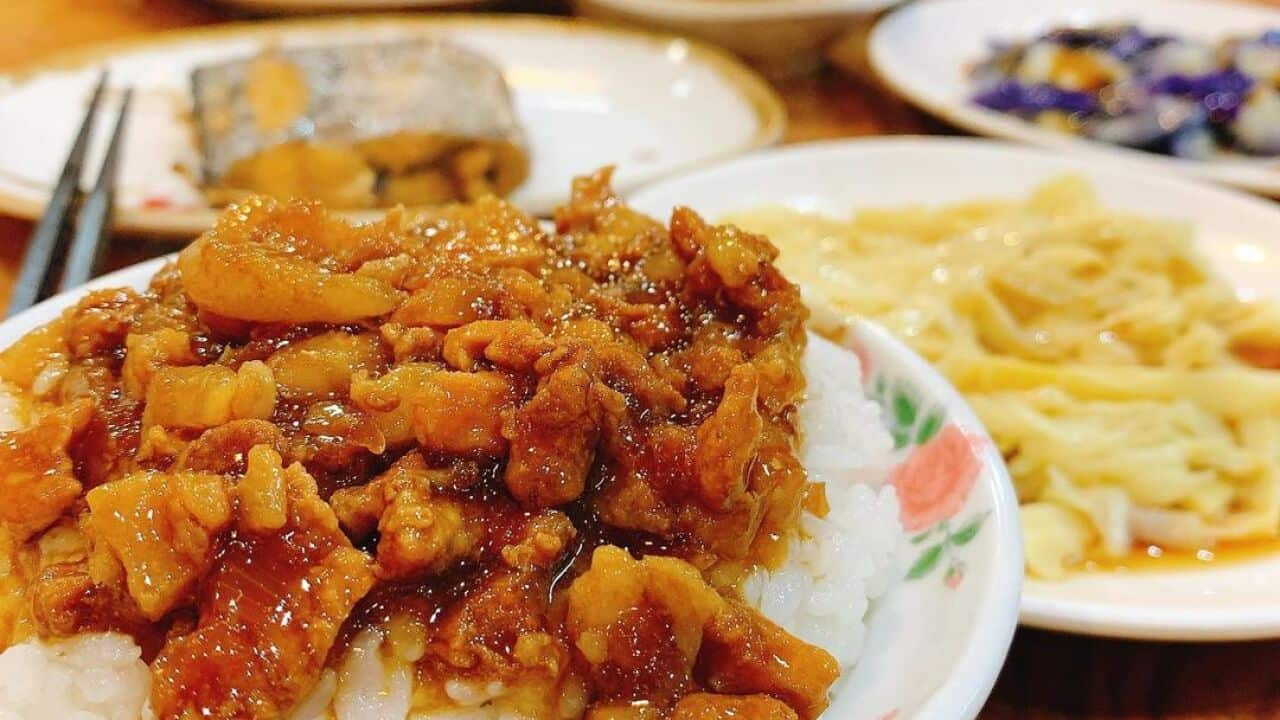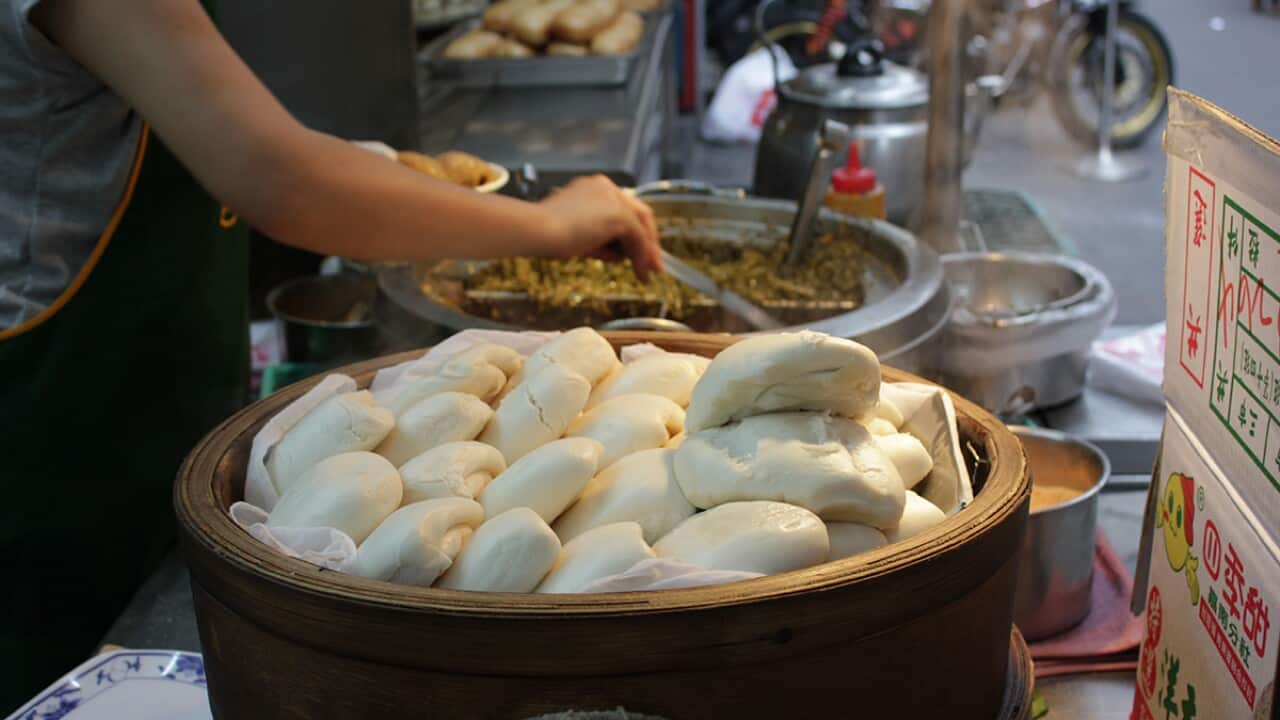"The last bowl always tastes better than the first bowl," a fellow scientist and friend told me boldly when I first met him 10 years ago while we were working together in the US. He was describing his infamous chilli recipe, which he made in a crockpot (slow cooker) and is best served generously with cheesy corn chips.
"The key to a good curry is eating it the next day, desu-yo," chimed another fellow scientist and friend whom I worked with in Japan and coincidentally spent time working in a Japanese udon shop as a teenager.
Is there a relationship between taste and time? Do casseroles and even soups taste better when 'matured' overnight? And is there any science behind this if they do, or is it more 'behavioural' — do we only think a casserole is better the next day because we want to make the most of the final bowl, given the hours we spent slaving away in the kitchen for it?
The key to a good curry is eating it the next day.
Although I am an advocate of aged products and believe that time impacts how food tastes, I am not one of those cooks who delves into recipe testing and turns my kitchen into a science lab. Don't get me wrong: I definitely believe in aged goods and am extremely partial to anything that’s matured — a 45-day-old dry-aged beef, 18-month-old gruyere cheese and a five-year-old full-bodied chardonnay. After all, one of my mottos in life is 'the stinkier the better' — durian anyone?
But I will say, from drawing on recipes from my childhood and dishes I still cook today in my modest kitchen, there are some dishes that do better with time. Much like a Christmas fruit cake made months in advance, a stew and in my case, a Taiwanese braised pork dish definitely does better with time.
GETTING BETTER WITH AGE
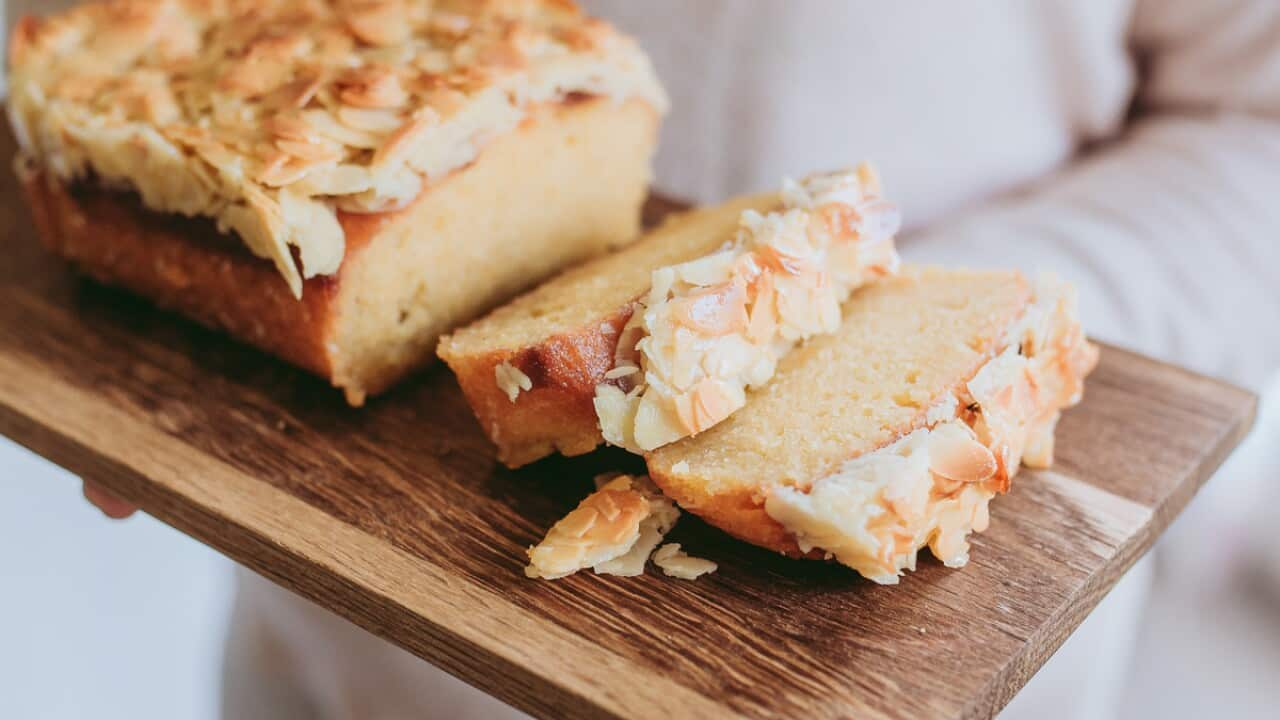
How to bake cakes that get better with time
One of my mum's favourite dishes is lu rou fan (滷肉飯). Loosely translated, it means braised meat with rice. Like many Taiwanese dishes, this braised dish has intense flavours. It could easily be described as the 'bolognese' of Taiwan, but is instead served over rice (although hand-pulled noodles are equally enjoyable).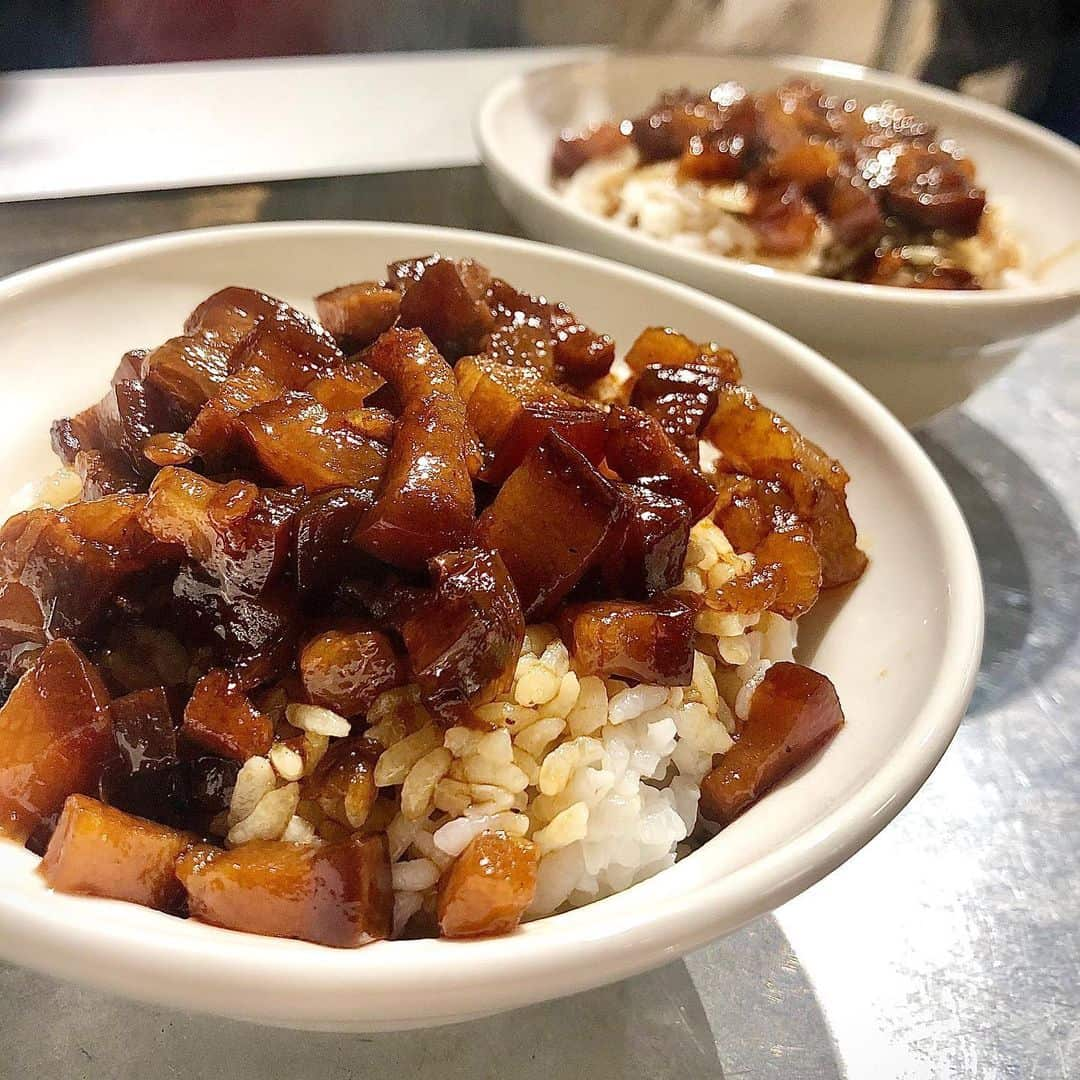 Traditionally speaking, lu rou fan demands very little time and can be made with a few simple ingredients — diced pork and soy sauce being the main ingredients. But to make it truly authentic, you will need traditional spices and ingredients from a Taiwanese pantry, such as dried shiitake mushrooms, shallots, Shaoxing wine and five-spice. Oh, and did I mention that the meat should be a fatty pork belly diced uniformly into tiny cubes?
Traditionally speaking, lu rou fan demands very little time and can be made with a few simple ingredients — diced pork and soy sauce being the main ingredients. But to make it truly authentic, you will need traditional spices and ingredients from a Taiwanese pantry, such as dried shiitake mushrooms, shallots, Shaoxing wine and five-spice. Oh, and did I mention that the meat should be a fatty pork belly diced uniformly into tiny cubes?

I remember mum making lu rou fan regularly, with the dish being easily paired with freshly cooked rice. Source: Michelle Tchea
As a child, my mum's lu rou fan was made with supermarket-friendly and easily accessible pork mince, perhaps out of convenience. However, as Chinese butchers are now found in many suburbs across the country, made-to-order pork belly diced into cubes and sold over the counter makes it much easier to recreate lu rou fan like those found on the streets in Taiwan.
I remember mum making lu rou fan regularly, with the dish being easily paired with freshly cooked rice, which was a staple on our table. But I wonder if it's just my imagination that the lu rou fan was much better the next day?
LU ROU FAN

Taiwanese pork ragu on rice (lu rou fan)
With two of my friends' bold statements in my head — perhaps not. If a cheaper pork cut is used, slow-cooked pork has a chance to break down and meld together with the aromatics in the dish. The mushrooms are able to rehydrate and absorb the soy sauce; the pork belly 'gives' a little and becomes chewy yet still melts in your mouth; and yes, the sauce turns gelatinous and sticky from the intense amount of fat used. When served over rice, the sauce beautifully soaks into the rice, turning what would otherwise be something soupy into something satiny.
Taiwan's national dish, beef noodle soup, is another childhood recipe I remember eating which does better with time. Forget filet mignon. The best cut of beef in this soup must have cartilage running through it. Cuts like shank or oyster blade, as well as beef tendon, are the best and only choices. Traditionalists surely will agree with me that any other Taiwanese beef noodle recipe breaks all the rules and dare I say it, is unauthentic.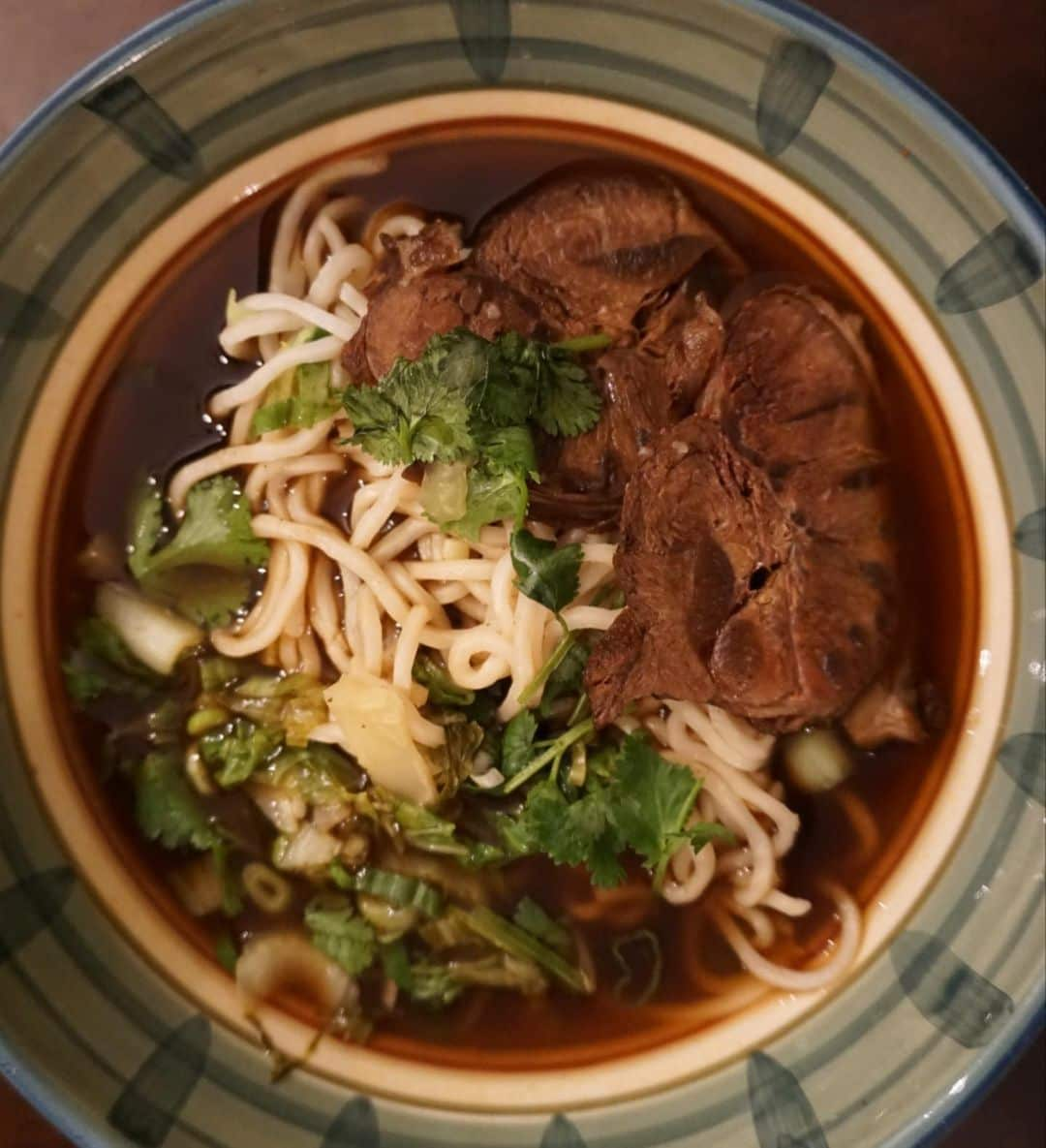 Although beef noodle soup lives up to its name, since it has a lot of broth to support the dish, the same rules for lu rou fan apply here too. Time makes it better because the slow breakdown of the cartilage in the meat makes for a richer and more substantial broth.
Although beef noodle soup lives up to its name, since it has a lot of broth to support the dish, the same rules for lu rou fan apply here too. Time makes it better because the slow breakdown of the cartilage in the meat makes for a richer and more substantial broth.

Taiwan's national dish, beef noodle soup, is another childhood recipe I remember eating which does better with time. Source: Michelle Tchea
The beauty of dishes like lu rou fan and beef noodle soup is the fact that they really are forgiving dishes. You don't have to be a great cook to get it right. Just be patient, allow the flavours to coalesce over time and wake up to something truly delicious for dinner the next day...or in my case, breakfast, as occurs in Taiwan.
Love the author? Follow Michelle Tchea on Instagram on Instagram and Twitter .

